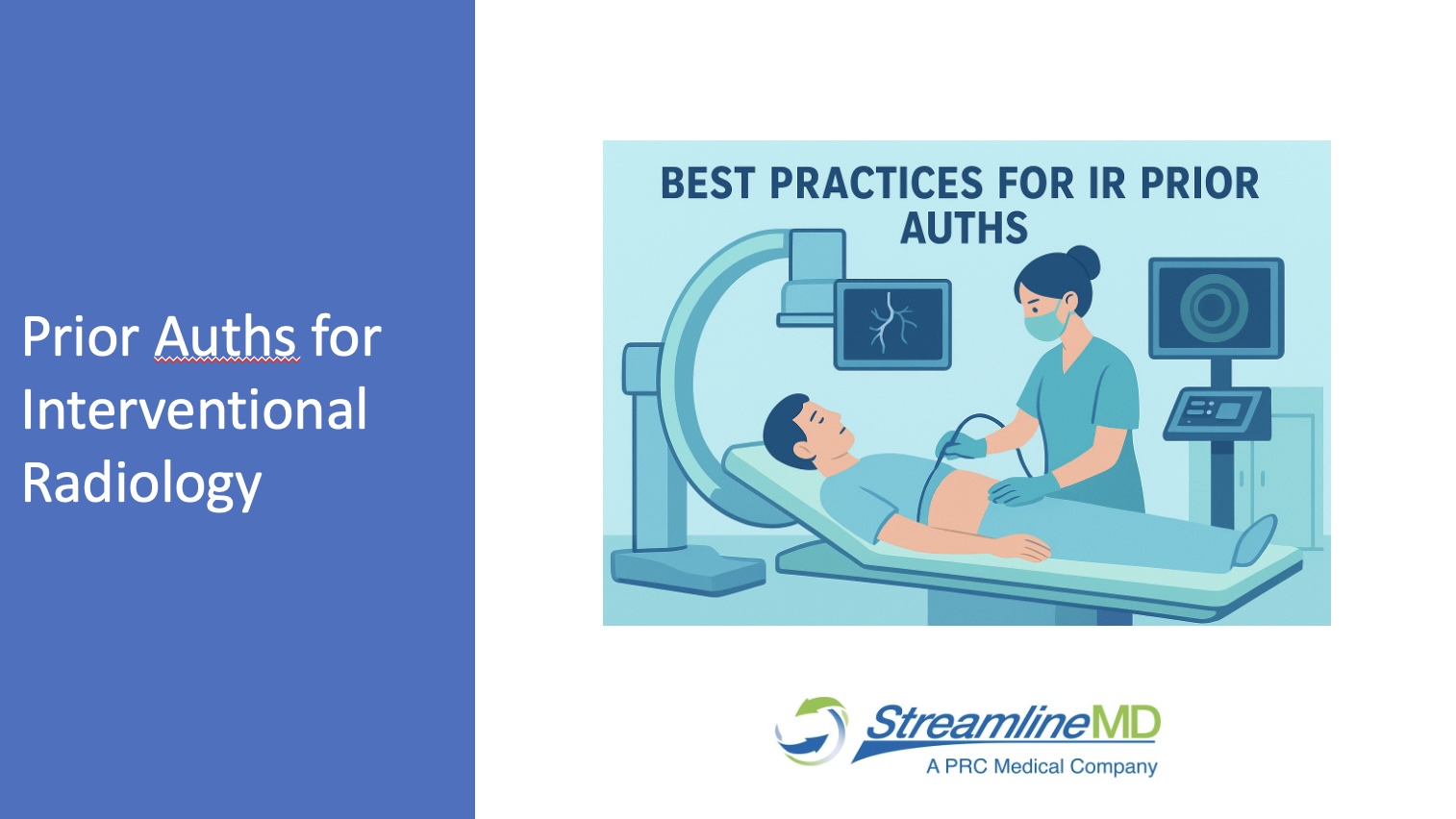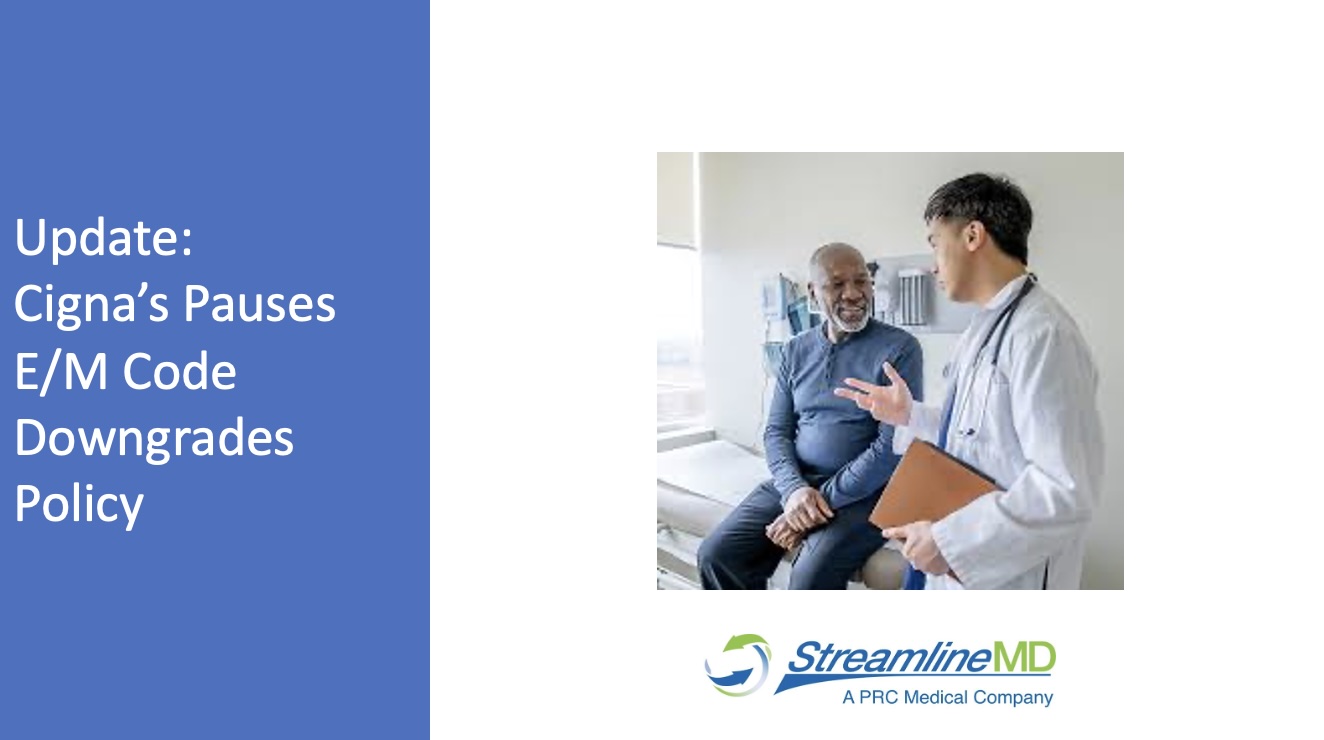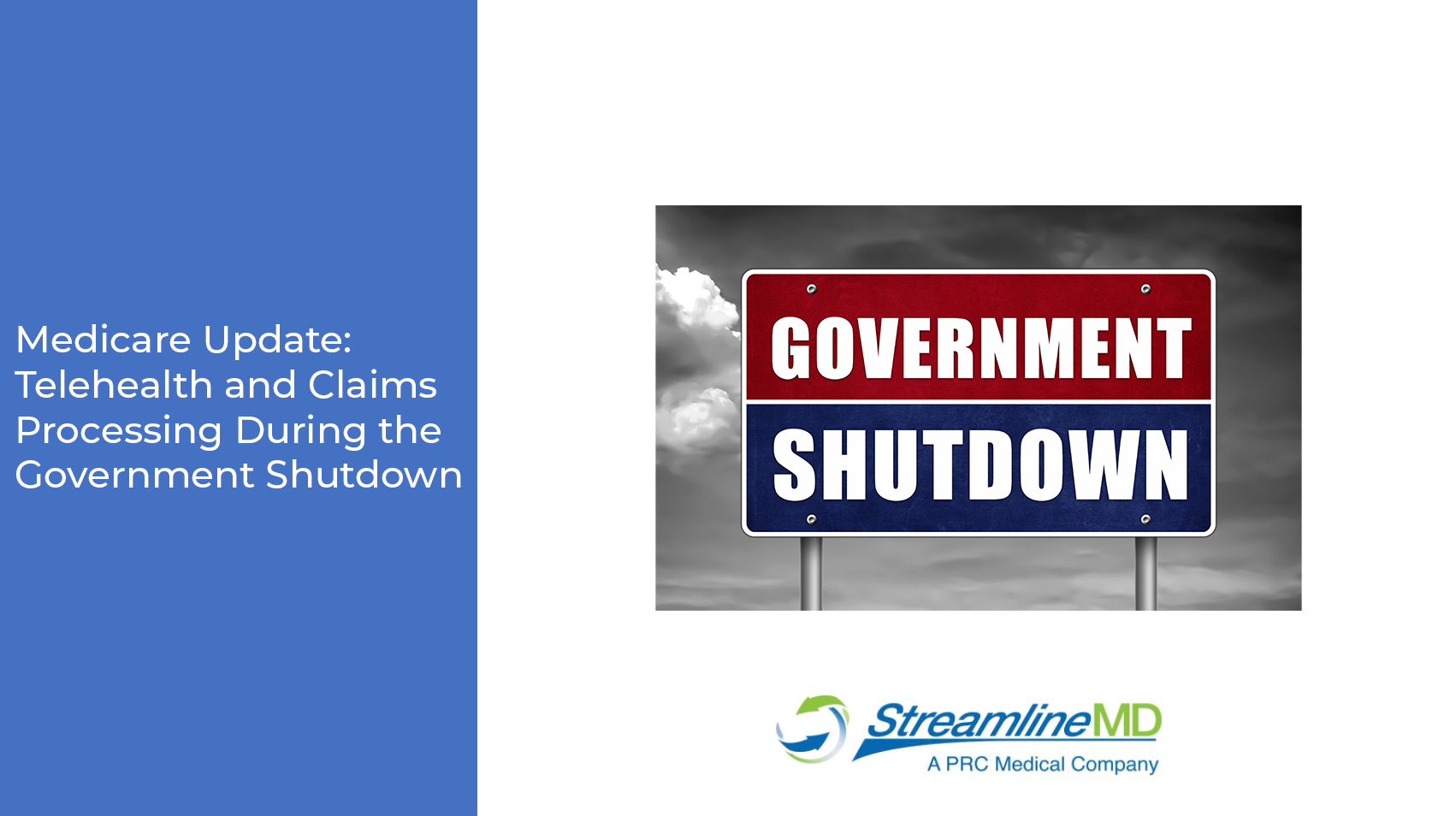Changes to Evaluation & Management Guidelines for 2021
Everyone has been talking about the changes coming to the E&M Guidelines for several years and now it is about to happen. The AMA has put together guidelines related to how these changes will be applied to the Office E&M codes (99202-99215).
Here is a brief look at the changes coming. For the complete version of the AMA guideline changes it is important that you read and understand this information here:
https://www.ama-assn.org/system/files/2019-06/cpt-office-prolonged-svs-code-changes.pdf
Summary
- The concept for determination of new or established patients will still apply. However, the scoring will now be blended into the medical decision making.
- CPT Code 99201 will be deleted.
- Use 99211 for office services if the physician’s or other qualified health care provider’s time is spent in the supervision of clinical staff who perform the face-to-face (F2F) services of the encounter.
- The medical record will, of course, still include a medically appropriate history and exam by the treating provider. However, the extent of history and physical examination components will not be counted/scored as an element in selection of level of service.
- The new guidelines have 2 choices for selecting the E&M level of service.
- Time, or;
- Medical Decision Making (MDM)
Note: The fee schedule will be increased for the new guidelines although the conversion factor will be lower for 2021.
Time
Time alone may be used to select the appropriate level for service for 99202-99215 whether counseling and/or coordination of care dominates the service. This time is cumulative for the date of service. Typical times have changed and are now ranges of time.
Using Time to determine the level of service requires a face-to-face encounter with the provider and does not include staff time. Total time on the date of the encounter includes both face-to-face time and non-face-to-face time personally spent by the provider on the day of the encounter.
Examples of Physician/other qualified healthcare professional (Provider) time include the following:
- preparing to see the patient (e.g., review of tests)
- obtaining and/or reviewing patient history
- performing medically appropriate examination and/or evaluation
- counseling and educating patient/ family/caregiver
- ordering medications, tests, or procedures
- referring and communicating with other healthcare professionals
- documenting clinical information in the electronic or other health record
- independently interpreting results (not separately reported) and communicating to the patient/ family /caregiver
- care coordination (not separately reported)
Not Included in Time: Separate reported tests/procedures, Staff time, Slow charting, Any element performed on a different date.
New Patient |
Established Patient |
| Code Time (minutes) | Code Time (minutes) |
| 99202 (15 – 29) | 99212 (10 – 19) |
| 99203 (30 – 44) | 99213 (20 – 29) |
| 99204 (45 – 59) | 99214 (30 – 39) |
| 99205 (60 – 74) | 99215 (40 – 54) |
| < 15 minutes – No Code | < 10 minutes – No Code |
| Document the total time; do not use the range | |
Medical Decision Making (MDM)
For the provider, there isn’t much that has changed in the way of documentation requirements. The scoring process has the biggest changes. There are still 3 categories for MDM:
- Number and Complexity of Problems Addressed during the encounter
- Amount and/or Complexity of Data to be Reviewed and Analyzed. This data is divided into three categories:
- Tests, documents, orders, or independent historian(s). Each unique test, order or document is counted to meet a threshold number.
- Independent interpretation of tests.
- Discussion of management or test interpretation with external physician or other qualified healthcare professional or appropriate source.
- Risk of Complications and/or Morbidity or Mortality of Patient Management.
- Similar to the Table of Risk used previously
- This includes the possible management options selected and those considered, but not selected, after shared medical decision making with the patient and/or family
Prolonged Service with or without direct patient contact on the date of an office or other outpatient Service.
- Two new codes for reporting prolonged office visit time. AMA-99417, CMS-G2212
- These codes are used to report prolonged total time (combined time with and without direct patient contact) provided by the physician or other qualified healthcare professional on the date of the office or other outpatient services (99205, 99215) when the service has been selected using time alone and only after the total time of the highest-level service (i.e., 99205, 99215) has been exceeded.
- This will be reported after 15 minutes of additional time has been attained. Not reported for increments less than 15 minutes.
If you have any questions on this or other documentation/coding topics, please contact your StreamlineMD client rep or the StreamlineMD coding team at [email protected].



